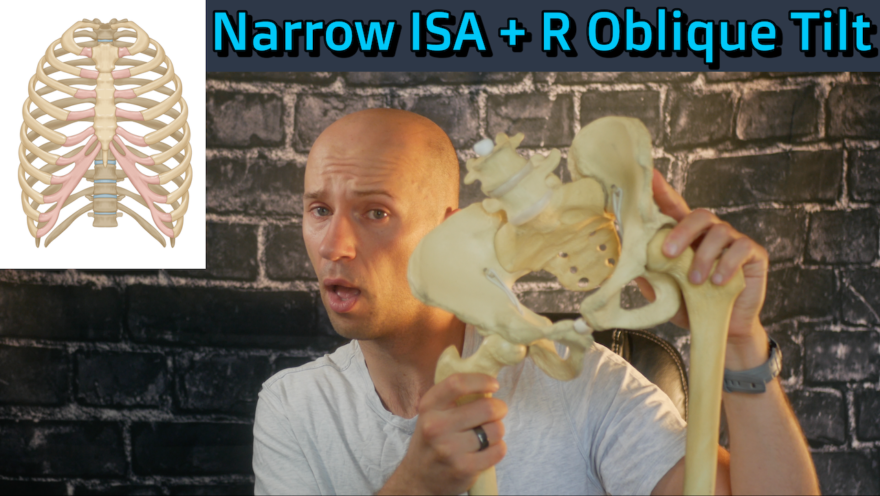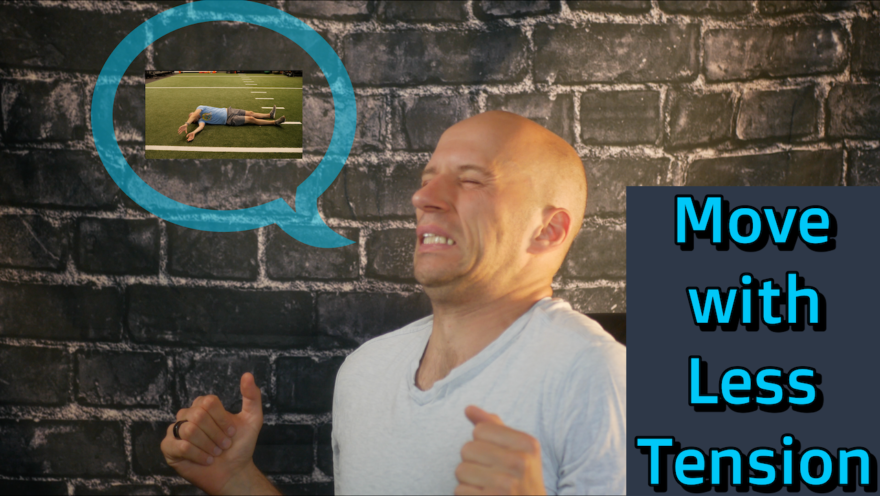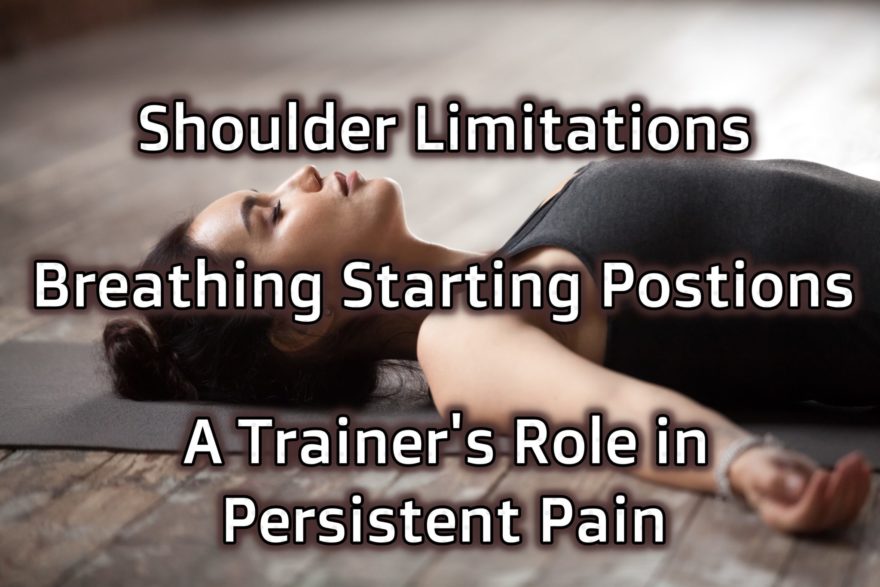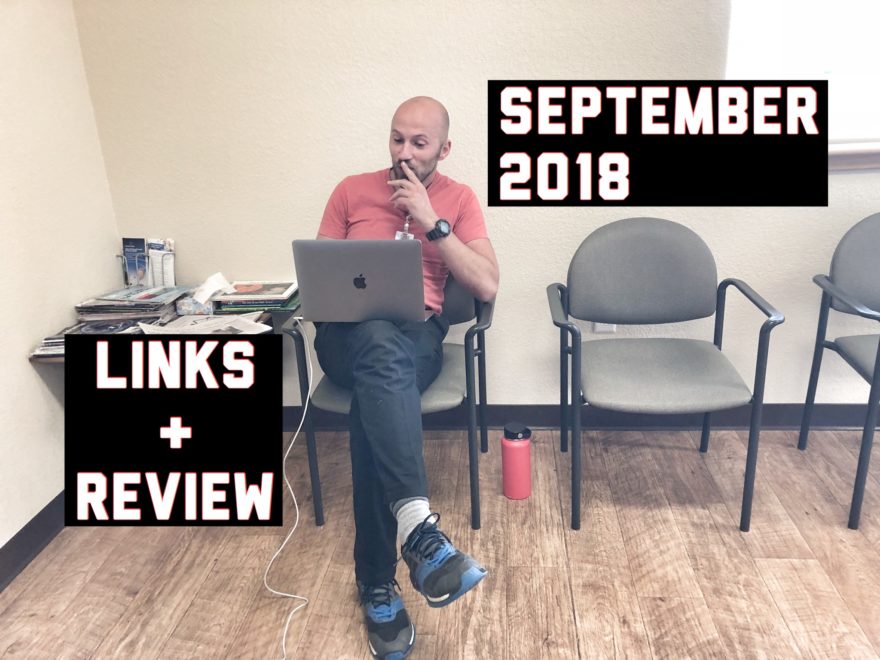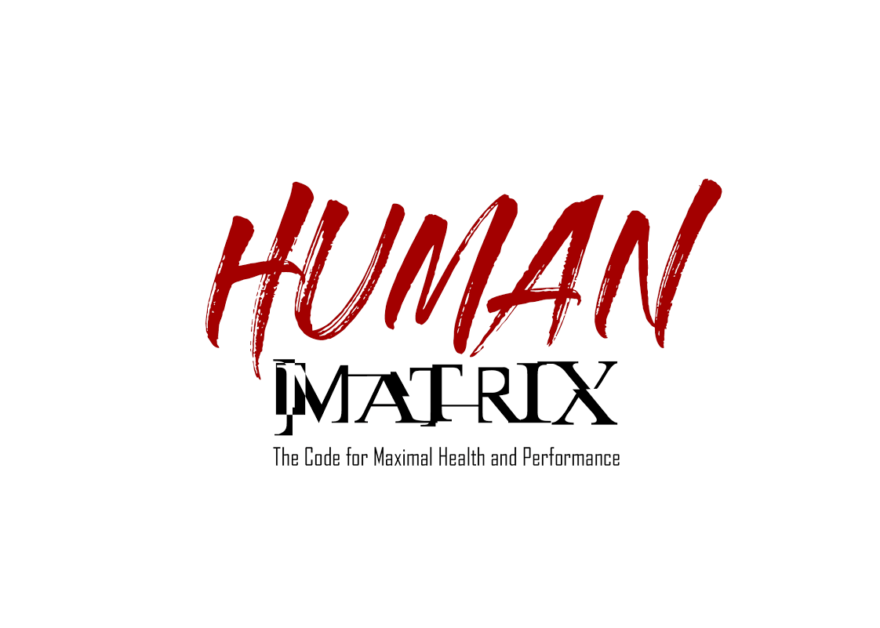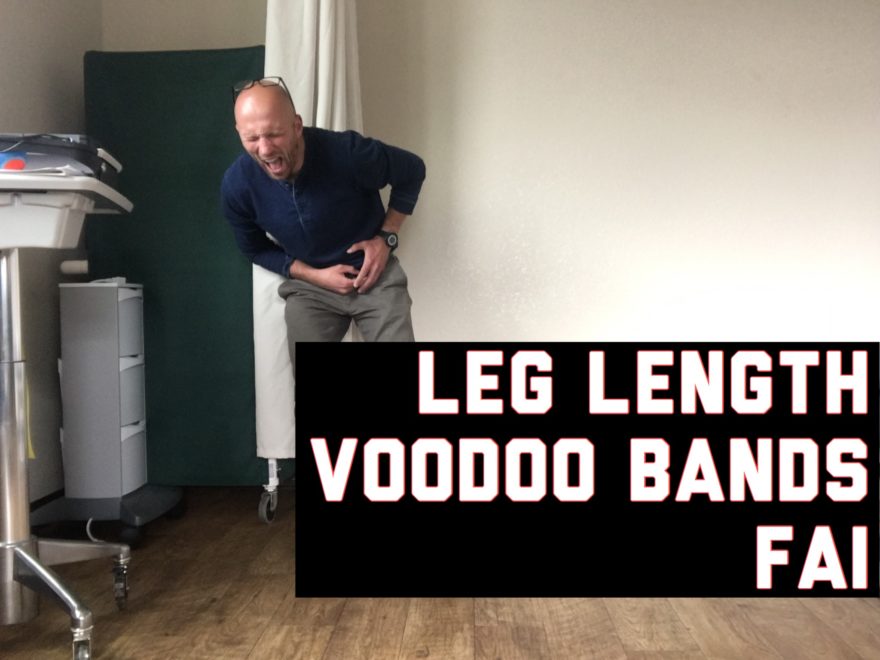In order to move more, you have to be able to both create and reduce tension. But what if you have someone who is tense AF? When they move, they tighten EVERYTHING? Check this video to learn what to do. Ways to get people to move without tension Folks who are SUPER TENSE when they move often benefit from manual therapy, foam rollers, and things of that nature. Think of using these strategies as an “assisted” way to get them to move. Movement-wise, you want to get these peeps to move with as little tension as possible. These folks benefit from very slow segmental rolling strategies. In order to complete these rolls, you have to move with as little tension as possible. The lower body roll is a great starting point: But if you are feeling frisky, try the upper body roll. It…is…brutal: Even doing things where they are moving individual joints as slow and with low tension as possible. Breathing-wise, focusing on nasal breathing that is silent, easy, and effortless can be a great way to reduce tension in these individuals.
Read More